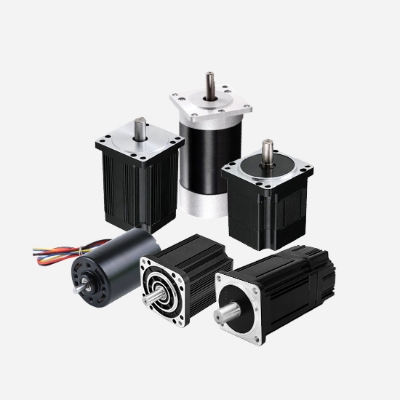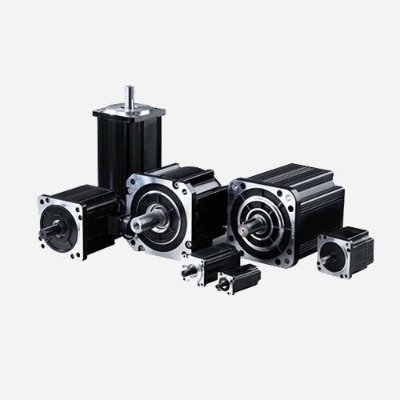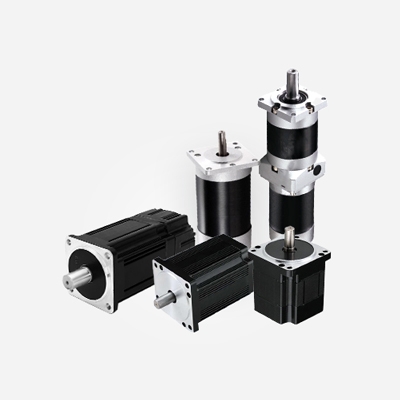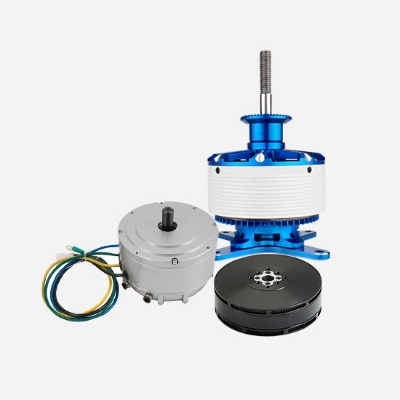Brushless DC (BLDC) gear motors have gained immense popularity due to their efficiency, reliability, and precise control in various industrial and consumer applications. Whether you are designing a robotic arm, an automated conveyor system, or an electric vehicle, selecting the appropriate brushless DC gear motor is crucial to ensure optimal performance. In this article, we will guide you through the key considerations to help you make an informed decision when choosing a BLDC gear motor.

- Torque Requirements. Begin by assessing your application's torque requirements. Torque is the rotational force that a motor generates, and it's a critical parameter for tasks that involve moving or lifting objects. Calculate the required torque based on the load and operating conditions to ensure the motor can handle the task effectively.
- Speed Range. Consider the desired speed range of your application. A brushless gear motors offer precise speed control, making them suitable for applications that require consistent and accurate speeds. Determine the required speed range and ensure that the motor you choose can operate within those parameters.
- Voltage and Current Ratings. BLDC gear motors are designed to operate within specific voltage and current ranges. Make sure the motor's voltage and current ratings match your power supply and control electronics. Operating the motor within the specified ranges will ensure optimal performance and longevity.
- Size and Weight Constraints. The physical dimensions and weight of the motor can significantly impact the overall design of your application. Consider the available space and weight limitations to choose a motor that fits seamlessly into your system without compromising its efficiency or functionality.
- Gear Ratio and Output Shaft. The gear ratio determines the relationship between the motor's rotational speed and the output shaft's speed. It affects the motor's torque and speed capabilities. Select a gear ratio that aligns with your application's requirements. Additionally, ensure the motor's output shaft is compatible with your system's mechanical components.
- Environmental Conditions. Consider the operating environment of your application. If your motor will be exposed to dust, moisture, or extreme temperatures, choose a BLDC gear motor with appropriate protection ratings (IP rating) to ensure its durability and reliability.
- Efficiency and Heat Dissipation. Efficiency is crucial for both performance and energy consumption. A more efficient motor will produce less heat during operation. Excessive heat can lead to motor damage and reduced lifespan. Look for motors with efficient designs and built-in heat dissipation mechanisms to ensure reliable long-term operation.
- Control and Feedback. BLDC gear motors can be controlled using various methods, such as PWM (Pulse Width Modulation) signals or closed-loop control with position or speed feedback. Determine the control strategy that best suits your application's requirements and choose a motor with compatible control options.
In conclusion, choosing the right BLDC gear motor involves a thorough understanding of your application's requirements and careful consideration of various factors such as torque, speed, voltage, size, efficiency, environmental conditions, control options, and budget. In brushless.com, we provide brushless DC gear motors, brushless DC worm gear motors, and brushless planetary gear motors. By evaluating these factors and making an informed decision, you can select a BLDC gear motor that meets your needs and ensures the success of your project.




